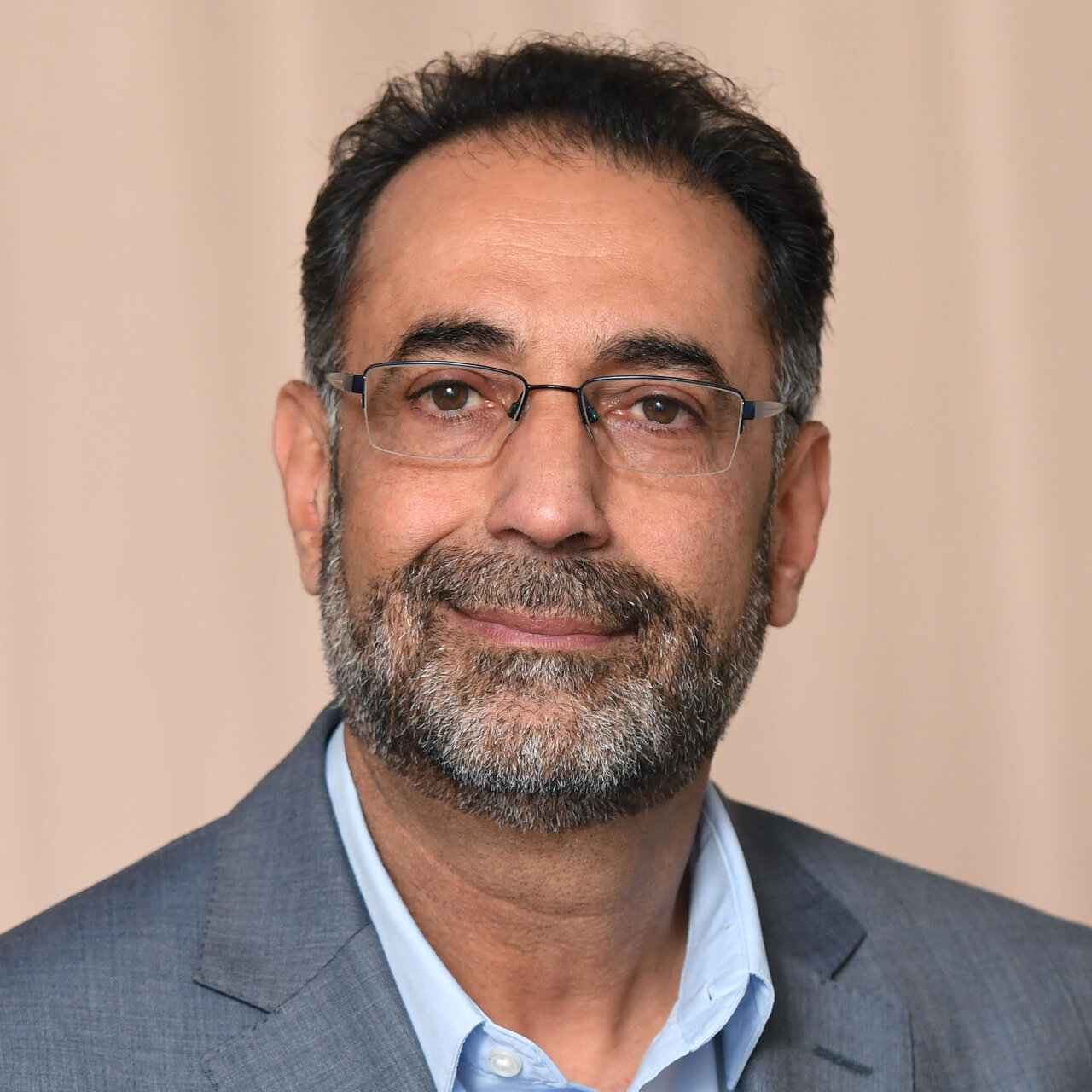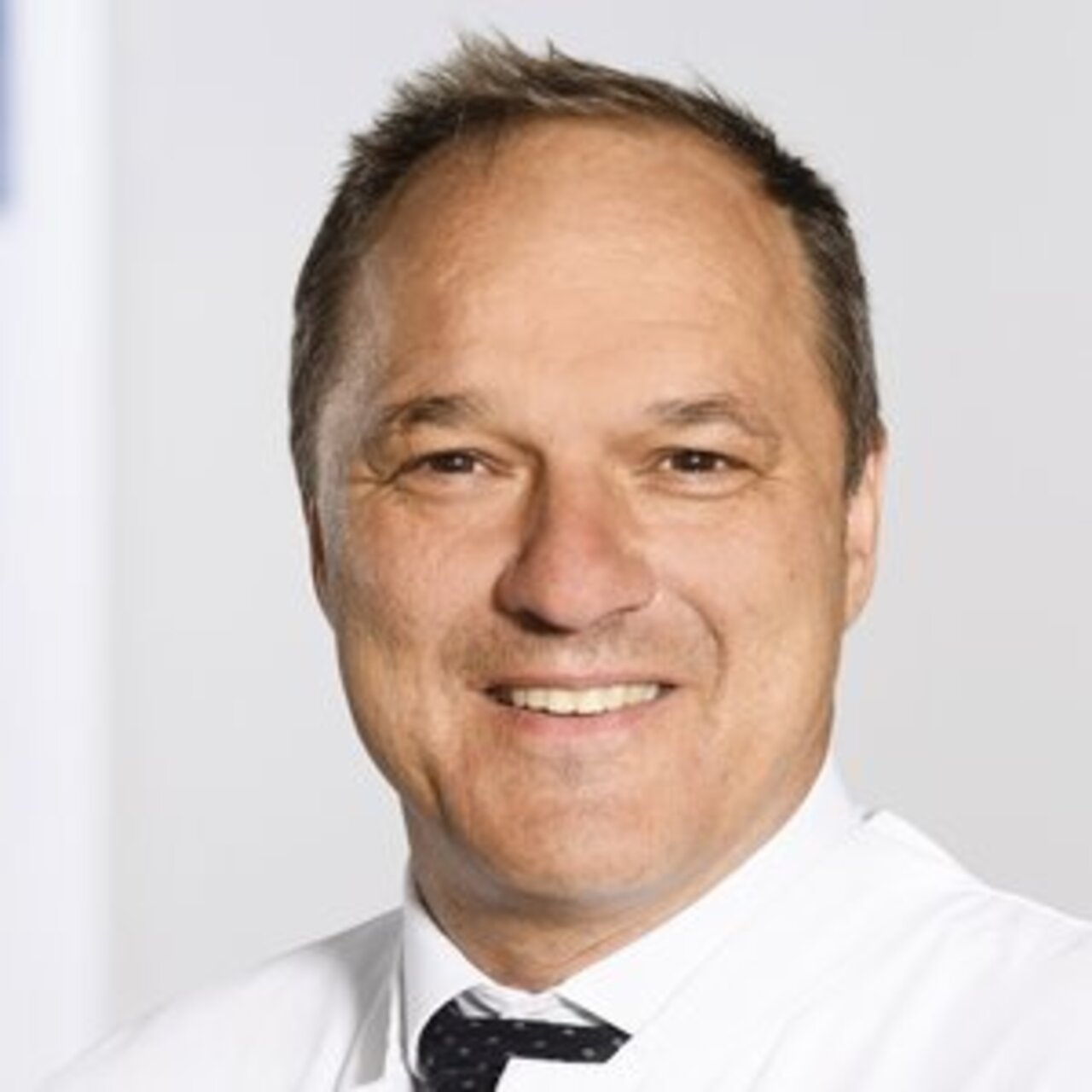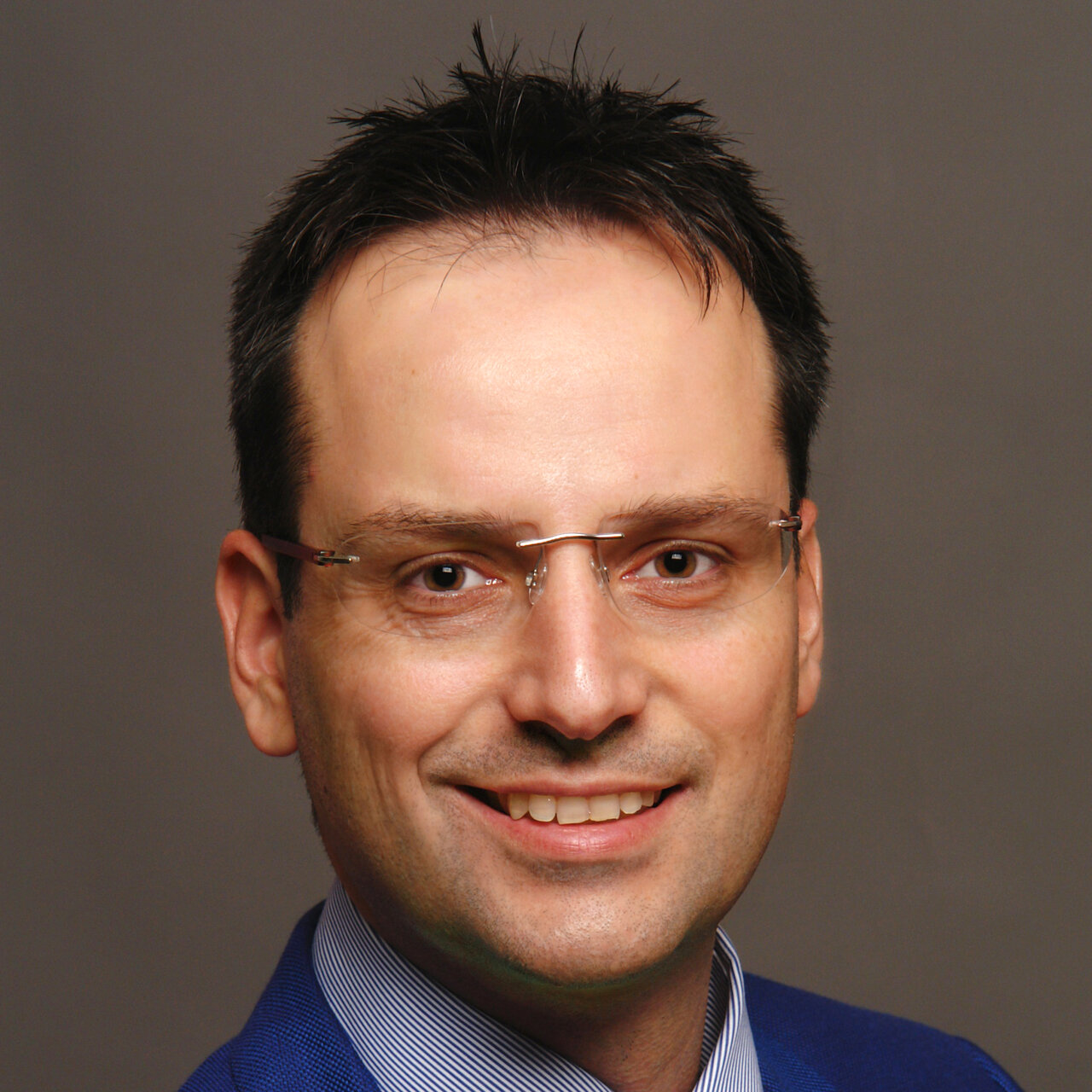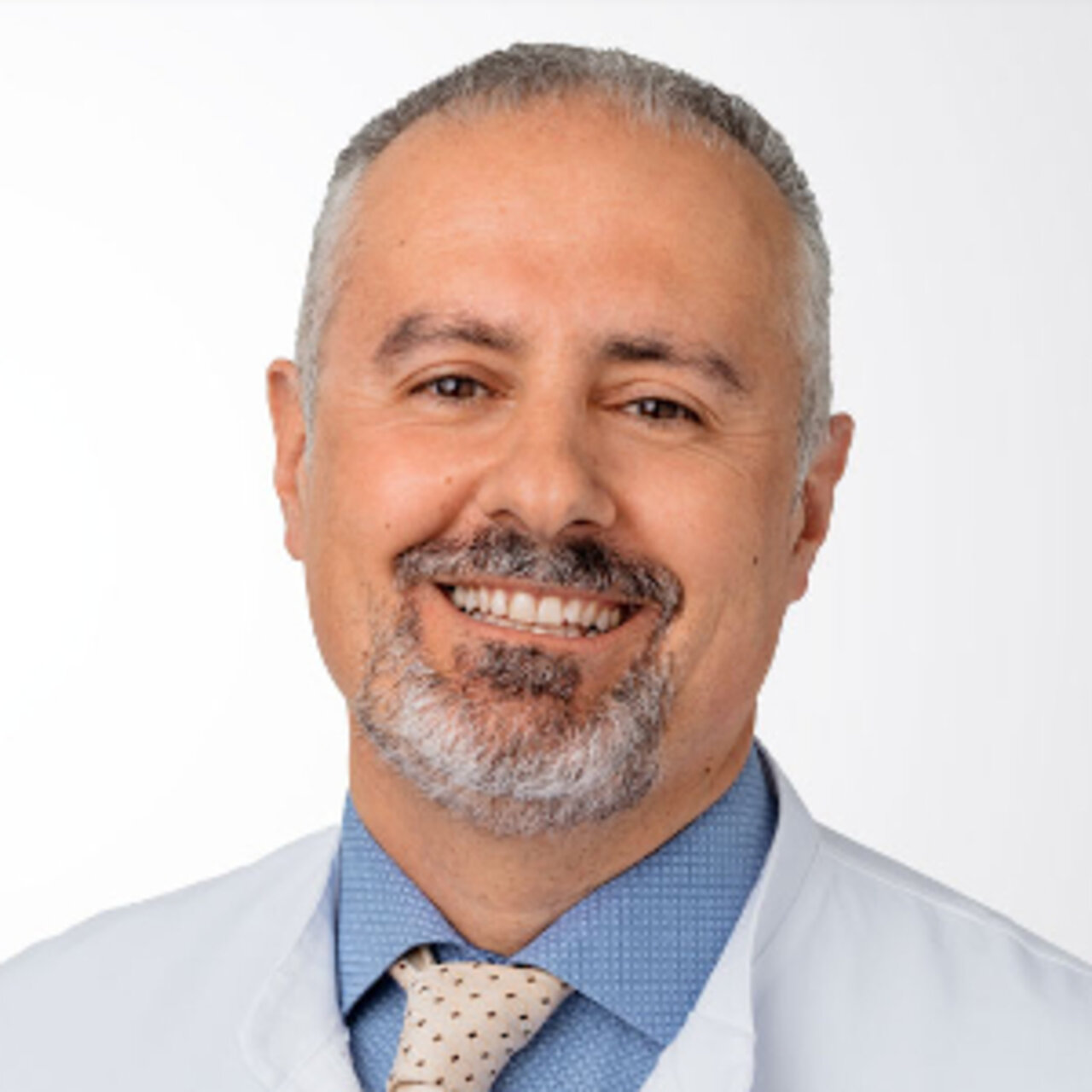Specialists in Spinal Fusion
9 Specialists found
Information About the Field of Spinal Fusion
What is Spinal Fusion?
Spinal fusion, also known as spondylodesis, is a surgery to treat back pain caused by degeneration in old age or trauma. This therapy is considered the "gold standard," or first-line therapy, for spinal conditions that have existed for more than six months and did not improve with conservative therapies. Spinal instability or deformity can be corrected or improved by fixing vertebras together. This procedure achieves immobilization of the painful spinal segment on the one hand and axis constant reconstruction and stabilization in the case of misalignments.
Which Spinal Disorders Are Treated with Spinal Fusion?
Spinal fusion is carried out for spinal instability, which can be caused by:
- Spondyloarthropathy also called spondylarthrosis
- Tumors
- Injuries caused by sports or an accident
- Malposition of the spine
Vertebral fusion may also be necessary in cases of neurological deficits. These may be manifested, for example, by paralysis or sensory disturbances. Spinal fusion should not be carried out if the patient has severe osteoporosis or is undergoing radiation therapy.
Spinal fusion Surgical Procedure
Depending on the spinal fusion surgery extent, the procedure can be carried out through the back or abdominal side. In this case, if no significant parts of the spine need to be removed, the surgery can also be carried out minimally invasively using the so-called keyhole technique. Spinal fusion is usually carried out while the patient is under general anesthesia.
The unstable vertebral bodies are connected to the adjacent vertebra during the surgery to restore a stable spine. This connection is made with screws and plates, which remain in the body as implants and are supposed to grow into the vertebral bodies. To speed this process up, bone chips are sometimes inserted. In the end, a thin tube is inserted into the surgical area to allow blood and wound fluid to drain after the wound is closed. The wound is then sutured and covered with a patch.
Duration of the Surgery and Inpatient Stay for Spinal Fusion
How long the surgery takes depends on the extent of the surgery. For example, if only two vertebras are fused, the duration may be less than an hour. If spinal fusion is needed over a long distance and perhaps in need of multiple segments, the surgery may drag on for several hours. Spinal fusion surgery is usually followed by a hospital stay of 5 to 6 days. It is already possible to get up again on the first day after surgery. However, this should be done under the supervision and assistance of a nurse or physiotherapist. After one or two days, when there is no more fluid coming out of the drainage tube, it can be removed. After discharge from the hospital, there is only a slight mobility limitation, but heavy loads on the back should be avoided until 6 weeks post-operative.
Alternative to Spinal Fusion
In some instances, such as in the early stages of a degenerative change like spondylarthrosis that leads to spinal instability, an artificial disk replacement may also be considered an alternative to spinal fusion. Whether such an artificial disk is an option for treating the symptoms must be assessed individually for each patient.
Which Doctors and Clinics are Specialized in Spinal Fusion?
Affected patients can obtain information regarding spinal fusion in clinics for orthopedics and trauma surgery. If this surgery is necessary, it is carried out by specialists in orthopedics and trauma surgery who have advanced training in spinal surgery. These specialists also provide follow-up care. Patients can turn to rehabilitation centers after the surgery for rehabilitation.
We will help you find an expert for your condition. All listed doctors and clinics have been reviewed by us for their outstanding specialization in spinal fusion and are awaiting your inquiry or request for treatment.
Sources:
- Imhoff et al.: Checkliste Orthopädie. 3.. Auflage. Thieme 2014, ISBN 978-3-131-42283-5.
- Niethard et al.: Duale Reihe Orthopädie und Unfallchirurgie. 7. Auflage. Thieme 2014, ISBN 978-3-131-30817-7.
- Awad, Moskovich: Lumbar Disc Herniations. In: Clinical Orthopaedics and Related Research. Band 443, 2006, doi: 10.1097/01.blo.0000198724.54891.3a, S. 183–197.
- Glocker et al.: S2k-Leitlinie Lumbale Radikulopathie. Deutsche Gesellschaft für Neurologie (DGN). Stand Januar 2018. Abgerufen am 13.04.2018.
- NVL-Programm von BÄK, KBV, AWMF: S3-Leitlinie Kreuzschmerz (Nationale Versorgungsleitlinie). NVL-Programm von BÄK, KBV, AWMF. Stand Dezember 2016. Abgerufen am 14.14.2018.








